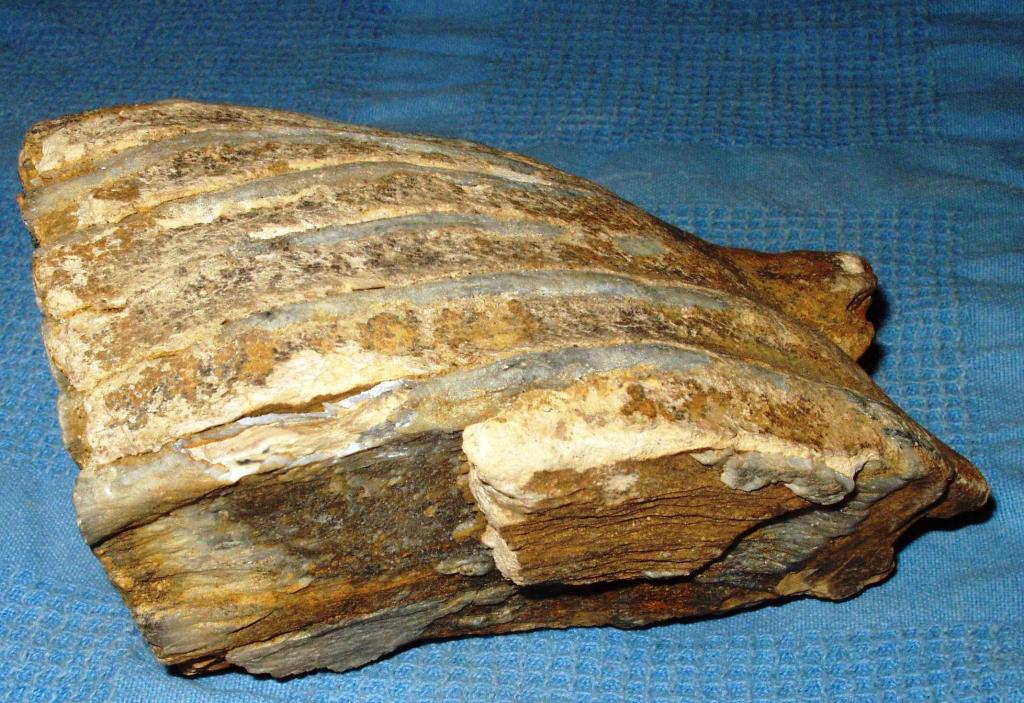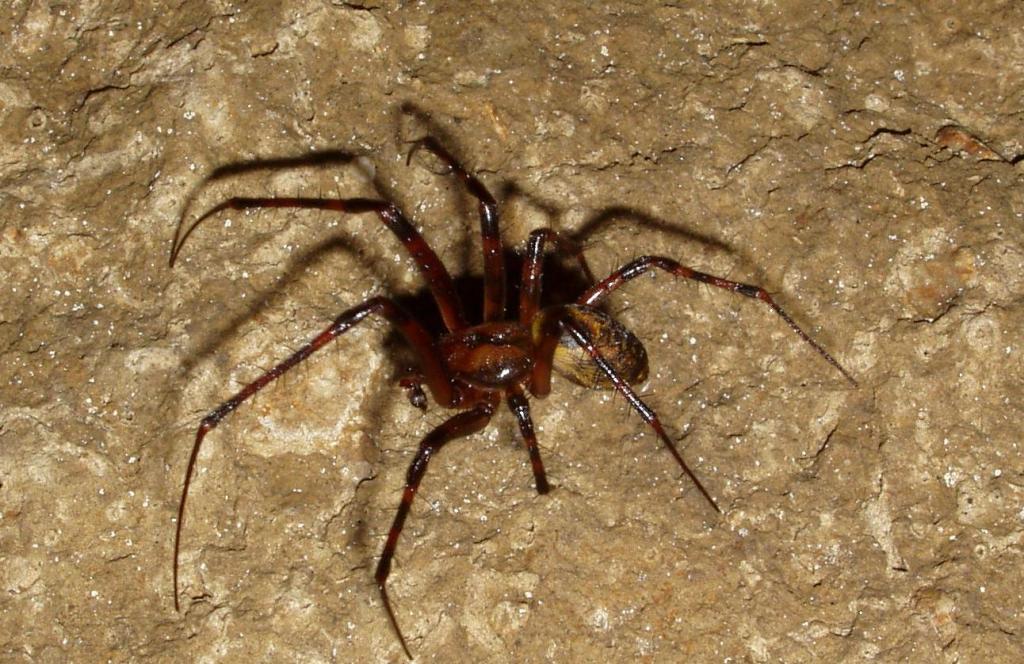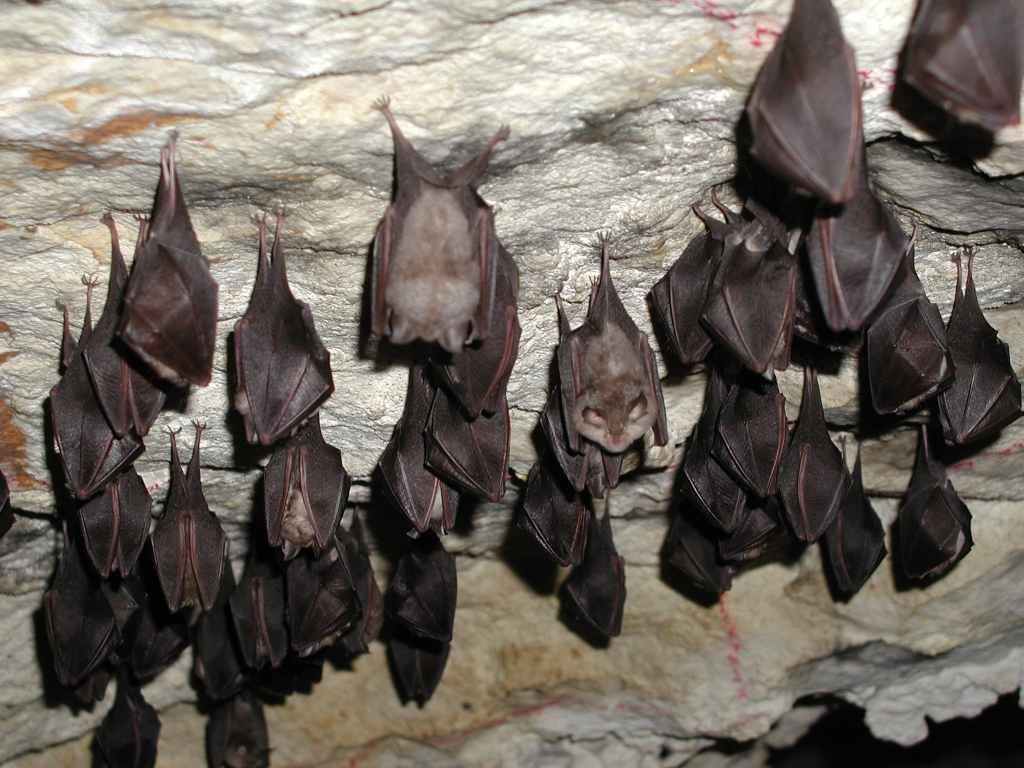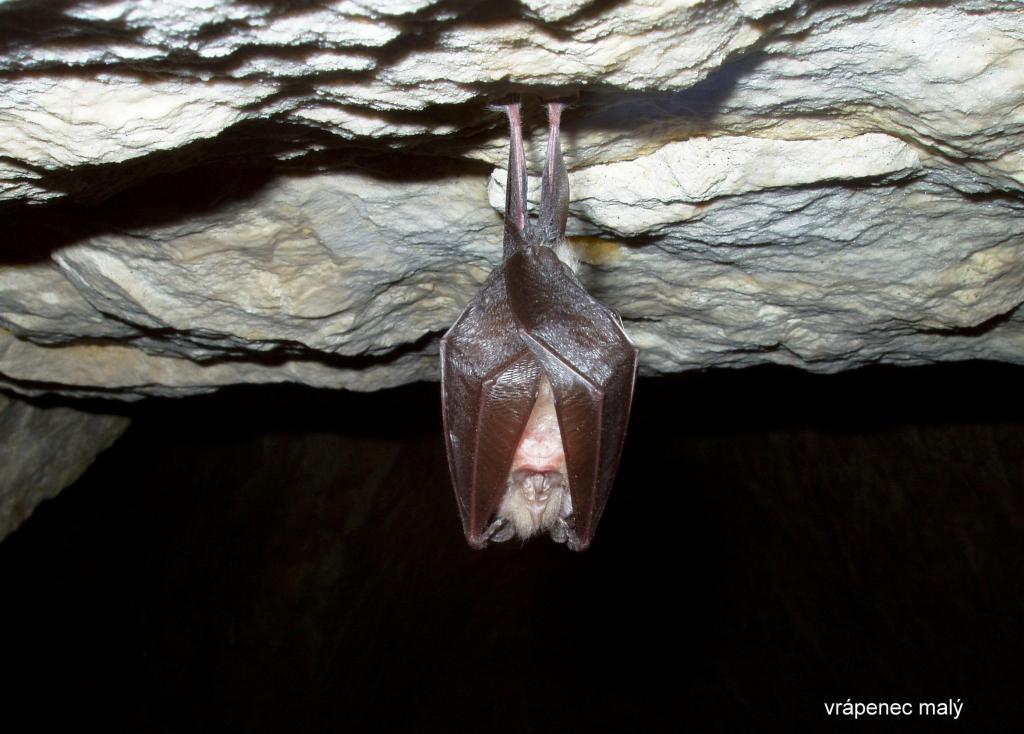Na Turoldu Cave - Natural conditions

GEOLOGICAL DEVELOPMENT OF THE AREA
The Pavlov Highlands, grandly emerging from the lowlands of South Moravia, are not a geological part of old units of the Bohemian Massif. Their rocks are younger and belong to the Carpathian system whose geological structure is the result of orogenic processes of the Tertiary Alpine-Carpathian folding.
The Pavlov Highlands belong to the marginal frontal section of the nappe of the outer flysch belt of the Outer Western Carpathians, which was transported from the east to its current position near Mikulov during the Alpine-Carpathian orogenic processes during the Tertiary period. On the territory of the present Pálava PLA, this flysch nappe is formed by strongly folded claystones, sandstones and conglomerates of the Žďánice and Pouzdřany units of the Early Tertiary period. During the orogenic processes, blocks of firm Jurassic and Lower Cretaceous limestones (Ernstbrunn limestone) and dark claystones (Klentnice Formation) were carried into it. These mineral blocks, which are much older than the surrounding flysch, were separated from the Jurassic basement rocks, which lie on the granites of the Bohemian Massif at a depth of more than 2 km.
The nappe structure of the Pavlov Highlands was modelled by the effects of several orogenic processes. Probably the most outstanding movements happened in the Upper Tertiary period between the Carpathian and Badenian times about 16.5 million years ago, when the front of the Carpathian flysch was lifted up above the sea surface, moved over the Lower Miocene sediments of the eastern edge of the Carpathian Foredeep and was folded into the nappe structures of the Pálava PLA. Subsequently, in the Early Badenian the new mountain chain was surrounded by a warm sea and variegated shore and deltaic sediments, and later even deep sea muds were deposited on the sea edge.
It was the last marine flooding in front of the flysch nappes. About 15 million years ago, however, distinct displacement faults occurred at the eastern foot of the Pálava Hills, where the warm tropical sea of the ViennaBasin penetrated. During the next 9 million years, a formation of marine and then lake deposits with a thickness of up to 3,000 m accumulated here in the Late Tertiary. In the Early Quaternary, in dependence on alternation of glacial and interglacial periods, river terraces and on the slopes of limestone klippes, complex formations of wind-blown loess and debris were also formed.

In the rough conditions of glacial periods, frost weathering of limestones formed isolated rock towers, stone taluses and soil flows all around the periphery of the hills. Even in the Pleistocene era, huge klippes of Mesozoic limestones were broken along old faults by the last repeated tectonic movements, and the origin and development of karst phenomena together with the movement of underground water were affected by these processes. In almost all sedimentary rocks of the Pavlov Highlands, regarding both the approximately 150 million years old Ernstbrunn limestones and much younger variegated series of Tertiary deposits, petrified signs of life, in particular shells of marine molluscs and microscopic planktonic organisms, are preserved. In the Pannonian silty sand from the Early Tertiary period, the skeletal remains of the prehistoric elephant Deinotherium, the heavily clawed subungulate Chalicotherium and the prehistoric horse Hipparion, about 11.5 million years old, were found. Many discoveries of vertebrates, such as remains of huge mammoth skeletons, come from the Early Quaternary, predominantly loess deposits.

BIOLOGY OF THE CAVE
The Na Turoldu Cave is one of the most important bat wintering places in the Czech Republic and has been monitored for a long time. The oldest data relating to winter counting of bats date back to 1958. In 1968 the regular annual checking began. There were seven species of Chiropterans recorded in the cave – Lesser Horseshoe Bat Rhinolophus hipposideros, Natterer's Bat Myotis nattereri, Geoffroy's Bat Myotis emarginatus, Daubenton's Bat Myotis daubentonii, Whiskered Bat Myotis mystacinus, Greater Mouse-eared Bat Myotis myotis and Grey Big-eared Bat Plecotus austriacus. The most numerous and thus the main overwintering species in the Na Turoldu Cave is the Lesser Horseshoe Bat. It is among the most endangered species of Chiropterans in Europe and every year up to 220 individuals overwinter in the cave.
Among other animals that live in the cave are some species of insects, such as collembolans and cave beetles – members of the Choleva and Trechus genera. Also the land species of centipede that lives around almost the whole cave was found here. The entrance parts of the cave are inhabited by the Herald moth Scoliopteryx libatrix and the European cave spider Meta menardi. Plants do not grow in this cave, since there is no light and therefore no photosynthesis.

